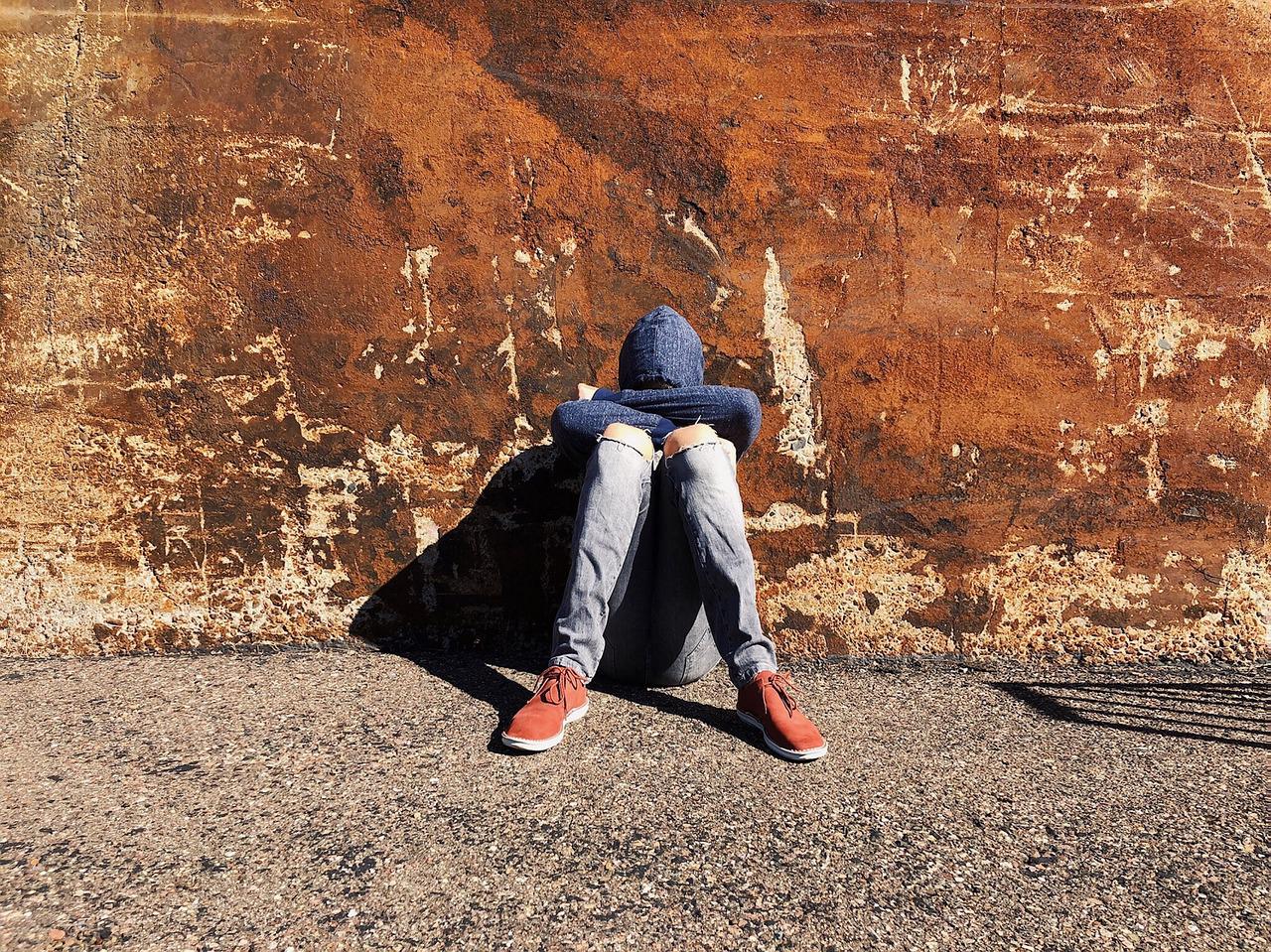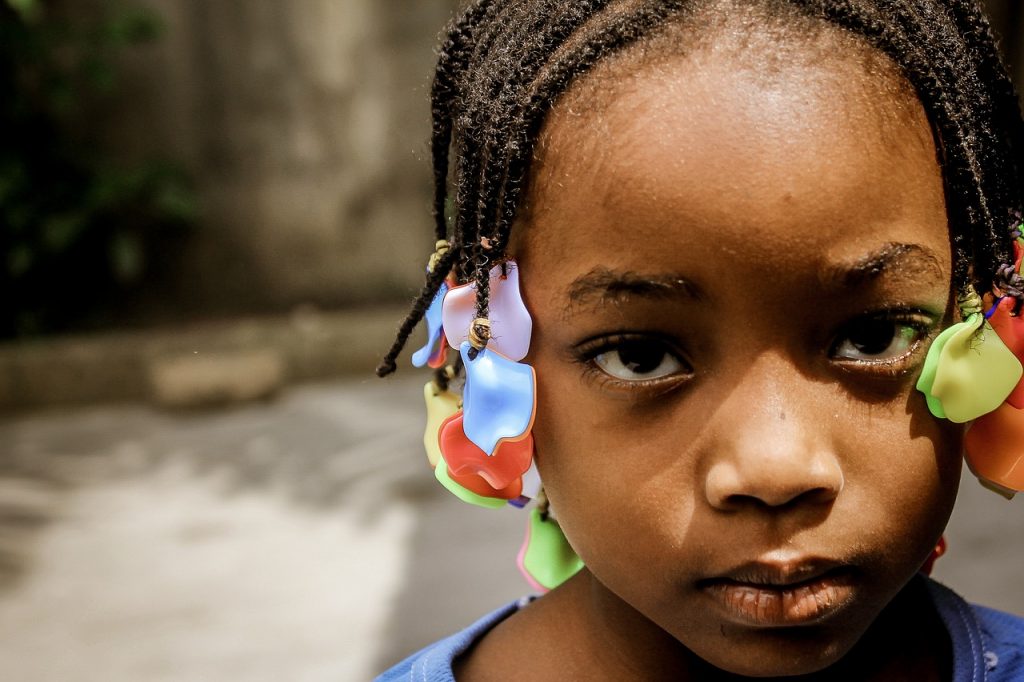What is Sexting?
Sexting is when people send sexual messages or sexually explicit pictures or videos of themselves to someone they know via text, instant messaging or online. Often a young person will do this with someone they fancy, a friend or someone they are in a relationship with, believing it to be harmless fun. Many young people, even though sending sexual messages or images voluntarily, will feel under a certain amount of pressure to do so. There will be those that have been coerced and exploited into doing so.
What many young people do not realise is that whilst it is not unlawful to send and exchange flirty messages, it is illegal to create and share explicit images or videos of themselves or a friend (under 18 years). If a child receives an explicit image or video of another child which they download or store, they may commit the criminal offence of possessing an indecent image of a child.
The police now refer to children sexting explicit images of themselves as Youth Produced Sexual Imagery.
Since early 2016 police in England and Wales have officially adopted a more proportionate response when dealing with youth produced sexual imagery. Whilst they may still record the incident as a crime, the starting point when dealing with the child, is that it will not be in the public interest (or for that matter the child’s) to take any formal action. Criminalising and branding a child a sex offender is in no one’s interest and the emphasis will be on providing support, advice and ensuring that there is sufficient safeguarding in place. This doesn’t mean there shouldn’t be a full investigation by the police. The full circumstances will need to be established, so that any coercion, exploitation and adult criminal involvement is ruled out. The police should also identify whether there are any other significant safeguarding concerns around the child, and if there are then they should make an immediate child protection referral following the agreed multi-agency pathways.
Putting aside the legal technicalities, the impact on a child when a sexualised image is abused can be devastating. Once they have committed to sending the message or image, then they are no longer in control. How that image is used is out of their hands. It may end up being circulated and viewed by a whole host of people whom they never dreamed would see it. Any image can be copied, or screen captured and then sent or posted elsewhere. It may lead to ‘sextortion’ which is a common term for when someone threatens to distribute private and confidential information or images of a person, if the person does not provide images of a sexual nature, sexual ‘favours’, or money.
How can I prevent sexting?
For parents, carers and safeguarding professionals, preventing a child from sexting is virtually impossible unless they are prohibited access to a mobile or online device. This rather draconian deterrent is really a non-starter in this day and age, at least for the majority of young people. So, since most children in their teens possess mobile phones and generally sexting is carried out when a person is alone and in private, there will inevitably always be difficulties with prevention.
Like our article on Cyberbullying we believe that educating the young person to the dangers of sexting is the way forward. The way you approach the young person will of course be dependent on your relationship with them, their history and personality. It may be helpful to identify the person they most relate to or respect. Several websites providing advice on internet safety for young people, have tips on how to approach the subject with young people. Typing ‘Discussion starters online safety’ into a browser will bring back a number of sites that have tips. Most of these cover the basic need to know questions:
- What sites do you like visiting.
- What do you enjoy doing online?
- Do you know how to stay safe online?
- Do you know what you can share and what you can’t?
- What do you feel is personal information and what should you keep private?
- Do you know where to get help if necessary or where to report something you feel is wrong?
- What should you do if an online contact who you don’t know in person wants to meet you face to face?
Explaining the dangers and risks to the young person is important. Highlight what can happen when private photos and thoughts are no longer private and are circulated to others. Ask them how they might feel if an explicit or intimate photo of themselves was suddenly seen by all their peer group and friends. Would they feel violated and how would this affect their reputation? What if they fall out with or break up with the person they are sexting? What could happen then? Source real-life examples where sexting went wrong. We put “case example of sexting gone wrong” into a search engine and were able to source several good articles.
Explain the legality of sexting in a non-accusatory way. Whilst we know that sexting can be harmful to young people, many consider it the norm in a world now dominated by social media. Many websites have young person friendly explanations e.g. Childline, NSPCC and NHS.
Make them aware that it is not okay for someone else to pressurise them into sexting or send them photos or messages that they don’t like. Make sure that they understand the ground rules around their use of social media.
Ensure that you as the carer, parent or safeguarding professional are social media savvy. Identify the various applications and media platforms a young person is using. Identify and recognise ways you can monitor or check what content the young person is putting online. This is particularly difficult with instant messaging apps and it may be that checking the device regularly for inappropriate content is the only way. Dependent on the relationship with the child, the carer may have more control over the phone/device and therefore be able to set restrictions on certain features within the device. Research and identify technology that might be able to assist you, such as software that is able to track several types of content on a device e.g. photo download monitoring apps.










